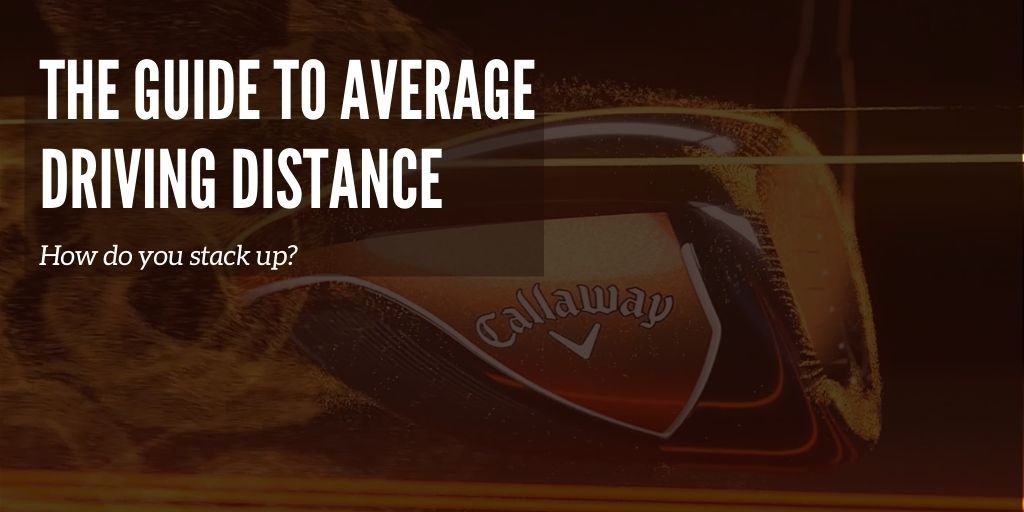
There is a lot of talk these days about driver distance and its impact on the game. This is not really a new topic as the same discussions happened when Tiger first made a splash on the pro tour. Separate from the pro tours, this leaves many amateurs wondering if they are hitting their driver far enough. This article will take a look at the different ways we can answer that seemingly simple question.
How Far Are Amateur Golfers Hitting Their Drivers?
If you want to know how your driver distance stacks up against other recreational players, we gathered data from several resources:
- Distance Insights Report from the USGA/R&A
- Shot Scope
- Arccos
Between these three sources, we can see how far millions of golfers are hitting their drives by handicap level and age (spoiler alert: you may be surprised).
Distance Insight Report
The common assumption is that golfers are hitting it much further today than they did in the past. To study this, the USGA and R&A released their “Distance Insights” report earlier this year. While the report proved to be light on recommended solutions, it did provide a lot of data.
Here is their driving distance by handicap level since 1996:

This data comes from an R&A survey of club golfers. Unfortunately, their methods weren't exactly "robust," and the USGA either hasn’t collected or released this data for US golfers yet. However, the R&A data syncs up well with what we can gather from golf technology providers like Arccos and Shot Scope.
As you can see, amateur golfers aren't exactly bombing the ball. The majority of players are not driving it farther than 220 yards on average, and that number has held stable for over 20 years.
Shot Scope Driver Distance Data
Shot Scope has been tracking millions of real golf shots around the world over the last several years. If you look at the distribution of driving distances amongst their users, you'll see that only 29% can hit it more than 250 yards.
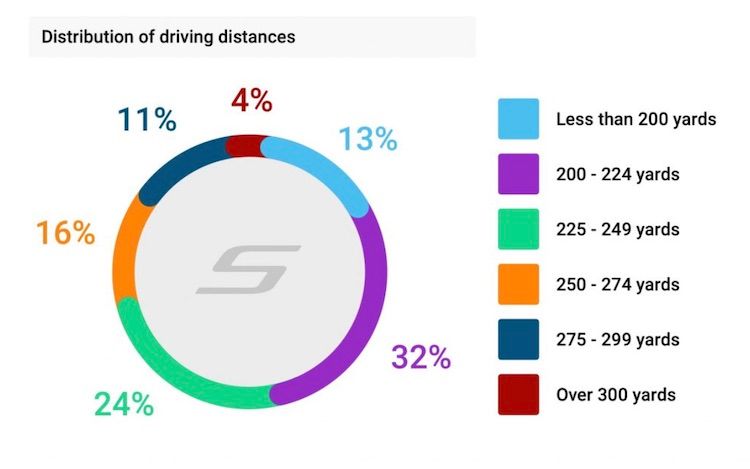
The largest segment of golfers is driving the ball between 200-224 yards.
Looking at driving distance by handicap level, you see that hitting it longer off the tee is a scoring advantage.
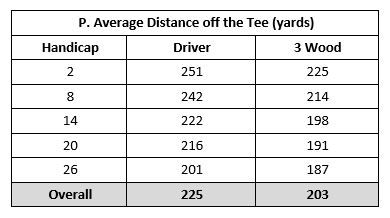
Finally, here is a look at out driving distance changes by age:

Arccos Average Driving Distance Report
Similar to Shot Scope, Arccos has had the benefit of tracking millions of real shots amongst golfers at all levels. This year they released their Average Driving Distance report, which features data ranging back to 2017.
Looking at driving distance by handicap level, we see similar distances:
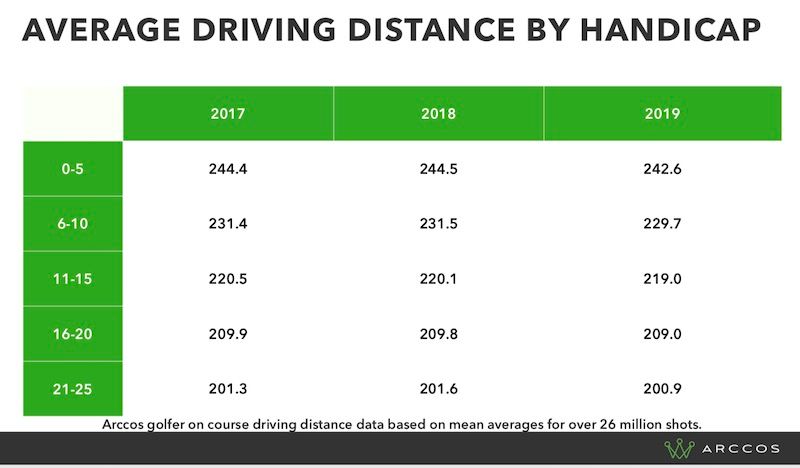
If you take a larger step back and look at all of their users, you can see that the average male golfer hits their driver about 225 yards while a female averages just under 170 yards.
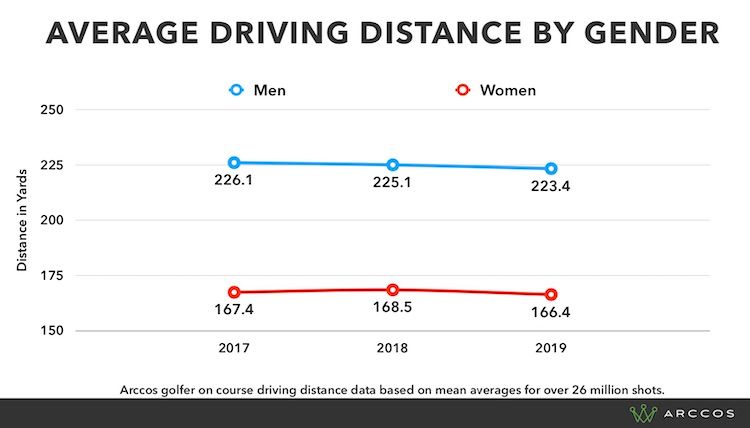
Driving Distance By Age
Another interesting category is driving distance by age. Arccos was able to show this data in the following table:
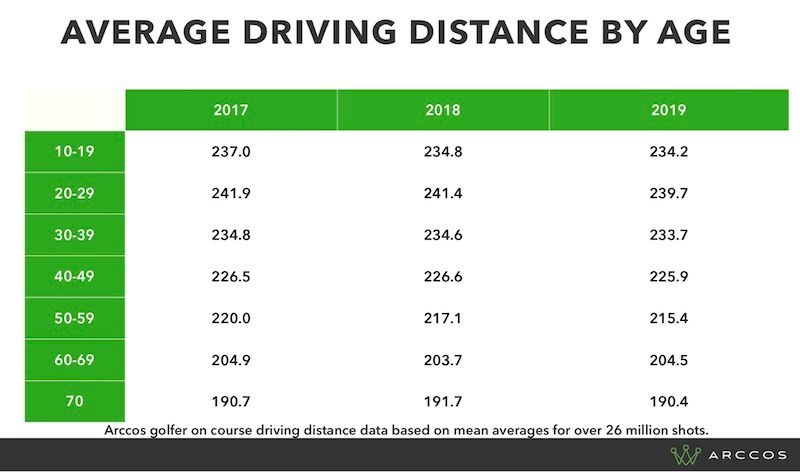
In 2019, driving distance was the following by age group:
- 10-19: 234.2 yards
- 20-29: 239.7 yards
- 30-39: 233.7 yards
- 40-49: 225.9 yards
- 50-59: 215.4 yards
- 60-69: 204.5 yards
- 70: 190.4 yards
Professional Golfers Driving Distance
While amateur golfers don't seem to be hitting it farther on average than they used to, it's clear that the professional game has changed.
The Distance Insight report gathered average driving distance amongst the major professional tours over the last several decades. We can definitively say that pros across all tours are hitting it further these days than they did 30 years ago.
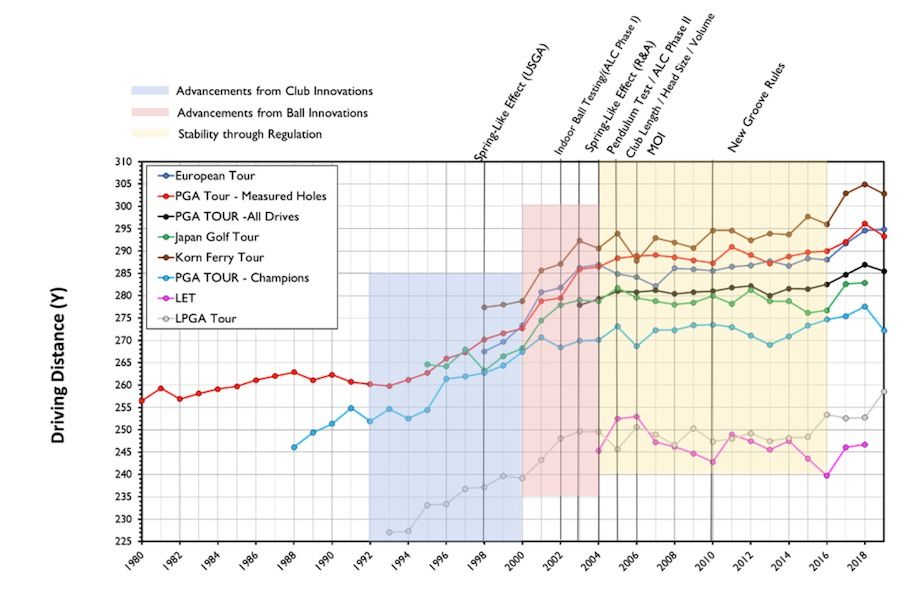
Taken together, it seems pretty conclusive that while the pros have gained distance, that really hasn’t translated down to the amateur level. While you may have a playing partner who regularly cracks drives over 300 yards, the average (and median) drives across all handicap levels rarely top 250.
So how do you hit it farther? Let's discuss...
How Far Should I Hit My Driver?
To get more in-depth than the averages above, we must understand that everyone’s golf game is different. Driving the ball is an essential aspect of the game, so a better understanding of our potential driving distance can help all golfers play better out on the course. That brings up the question; how far should you hit your driver?
The Fundamentals of Distance
Two fundamental factors mostly determine how far you can hit your driver - clubhead speed and strike quality. Looking through data across all different golf levels tells us that it will produce around 2.55 yards of carrying distance at sea level for each mile per hour of clubhead speed.
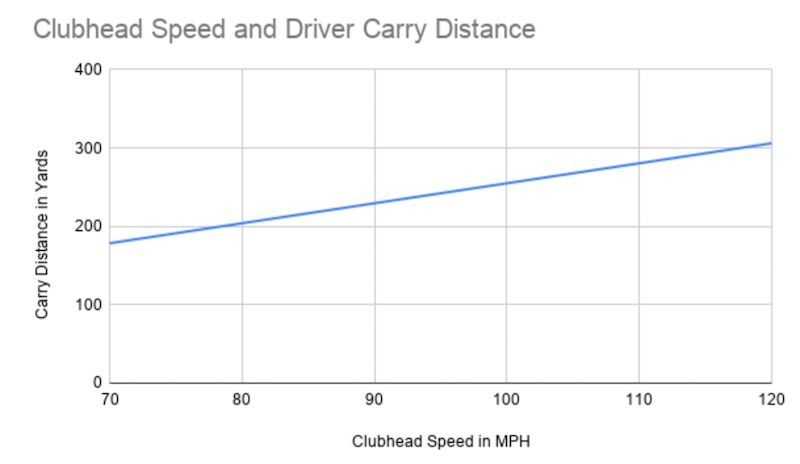
This 2.55 yards per mph of clubhead speed is what we can call the “driving efficiency.” While some golfers can produce higher efficiency (notably LPGA tour players who tend to be more efficient than their male counterparts), this would be considered very high for most golfers. Producing this type of efficiency brings the second factor into play - strike quality. While a lot goes into strike quality, it is all about creating the optimal launch angle and spin characteristics for the driver’s swing speed.
Optimal Driving Distances
Trackman provides fitters with “optimal driver” numbers by club speed. We can see that slower club speeds require higher launch and higher spin to achieve their optimal carry from this data. As the club speed increases, these launch and spin numbers decrease.

Another interesting tool to play with to determine optimal numbers is the Flight Scope Trajectory Optimizer tool. This site allows you to input the launch parameters and get an estimated carry and total distance. It uses ball speed instead of club speed. This is another strike quality variable but is roughly 1.4 to 1.48 times the club speed (this multiplier is the smash factor).
For example, a golfer hitting the ball 150mph at a 15-degree launch with 2500rpm of spin will create a carry of around 246 yards.

However, by raising the launch to 18 degrees and lowering the spin to 2000rpm, the ball will be expected to carry six yards further.
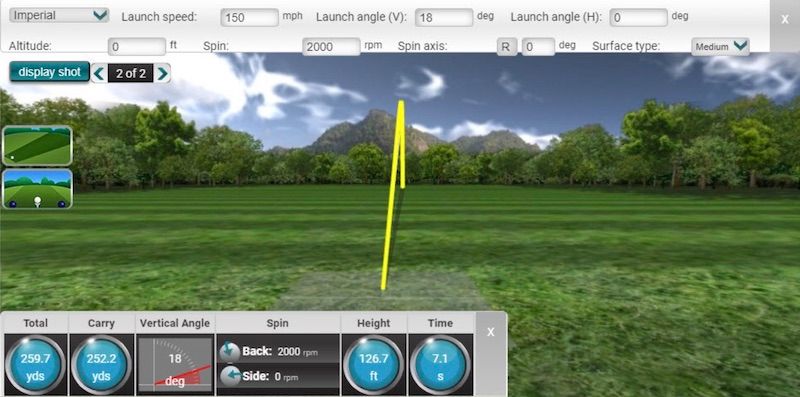
Equipment definitely plays a part in both club speed and strike quality; however, the most significant influence is the swing itself.
How to Maximize Driver Distance
The reason that golfers care so much about driver distance is simple; we want to hit it farther. And we should. Hitting your driver well is one of the keys to lower scoring!. The simple answer to hitting it farther is swinging faster, increasing your attack angle, and improving strike. That’s much easier said than done, but a few general tips previously covered in Practical Golf can help accomplish them.
You can read our guide to increasing your driving distance for more in-depth tips.
Know Your Data
Understanding your driver distance requires having the data to complete the picture. While tracking your drives during rounds certainly helps, it involves many uncontrollable variables that will impact the results. This is where launch monitors help.
Getting your data on a professional level system like GC Quad or TrackMan can be done with clubfitters or teaching professionals. Also, several personal launch monitors are on the market today, which can provide the essential numbers for adding distance, like swing speed, ball speed, and launch angle.
Improve Your Impact Location
You’ll generally hit it the farthest with the driver by striking the center of the clubface or even just above. Get a can of Dr. Scholls Odor X and spray the face of your driver. Take note of where you are hitting the ball. Working with a professional or using resources like Adam Young’s Strike Plan can help you improve your impact location.
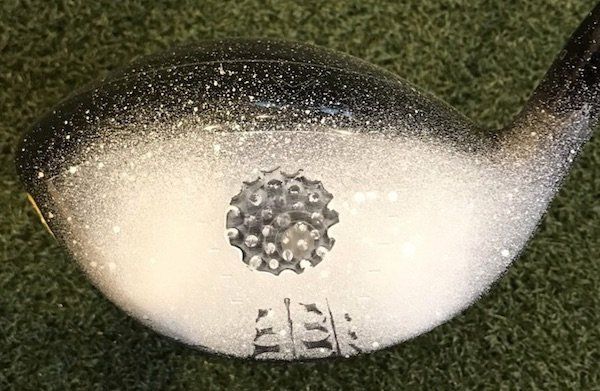
Hit Up On the Ball
As seen in the Trackman data, an upward angle of attack produces the most distance at amateur-level swing speeds. Launching the ball higher can be as simple as teeing it up a bit higher or moving it further up your stance.

Here is a great drill to help from Andrew Rice:
Swing Faster
The problem many regular golfers have is they connect swinging “faster” with swinging “harder.” Trying to swing harder tends to result in tense muscles and poor mechanics, which cause awful shots and lead to injuries. Swinging faster can be accomplished with golf-specific fitness plans to increase strength and flexibility.
Additionally, training regimes such as SuperSpeed Golf can definitely add speed to your swing and yards to your drives. Check out this review for more details.
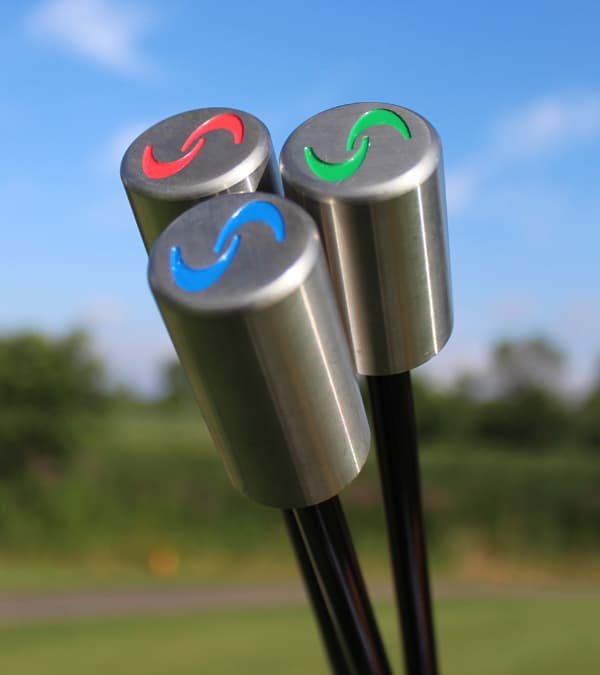
Final Thoughts
Driver distance is always going to be a topic of conversation. The data proves, though, that most recreational golfers aren’t hitting it any further than they ever had. Still, the quest for more distance is going to remain a goal for many of us. While buying the latest new driver is an option (make sure you get fit for it), you can likely add just as much distance, if not more, by applying a few concepts to improve your ball striking. Training your body to swing faster is a nearly guaranteed path to more distance and has the additional benefits of improved fitness for your life off of the course.
If you're looking for ways to keep an official handicap index, check out this guide.
We care about the protection of your data Read our Privacy Policy